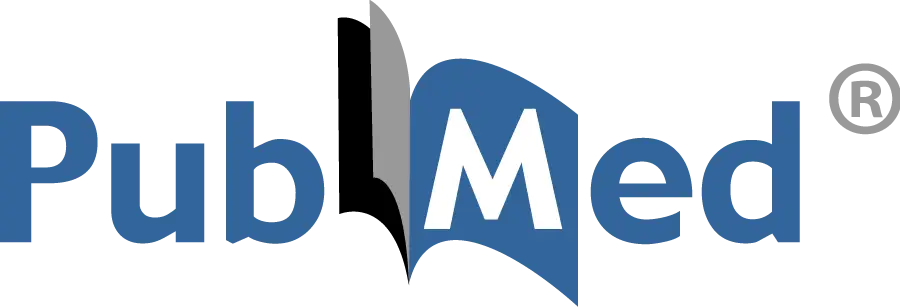
Research Information for Arthrogryposis (AMC)
Research on arthrogryposis spans basic science, clinical care, and translational studies, involving experts from genetics, orthopedics, rehabilitation, and more. Teams across several countries are working together to better understand the causes, improve treatments, and enhance quality of life for people affected by this condition.
Scientists are delving into the genetic underpinnings of arthrogryposis. For example, whole exome sequencing in families with AMC has uncovered causative genes, such as RYR3, MYOM2, ERGIC1, SPTBN4, and ABCA7, and revealed that multiple genetic variants may contribute to the condition in some families. This emphasizes the complex, multilocus nature of its molecular origins. PubMed
Clinical Research
- Multisite Pediatric Registries (North America): Clinical teams are building a large-scale registry across several orthopedic hospitals. They’re collecting data on prevalence, genetic causes, and long-term outcomes, linking genotype to phenotype through whole-genome sequencing. PubMed
- Pilot Study Insights: An initial pilot registry gathered detailed demographic, clinical, and genetic data from families. While many genetic testing results were inconclusive, the pilot refined protocols for broader registry implementation. PubMed
- Adult Database: A separate registry for adults with AMC is being developed using Delphi methods, combining clinician- and patient-informed questionnaires. It aims to collect longitudinal data from up to 500 adults globally. PubMed
- Definition Standardization: To unify research and care, an international consensus process across seven countries and ten disciplines produced an annotated, expert-endorsed definition of AMC. This ensures clarity across clinical and research contexts. PubMed
- Rehabilitation Guidelines: Researchers used an integrated knowledge translation (iKT) approach to develop 16 rehabilitation recommendations for children with AMC. Clinicians, researchers, and families from ten countries collaborated, with plans to pilot them via cluster randomized trials and online training modules. BioMed Central
Translational Research & Multidisciplinary Collaboration
- Shriners Children’s Network (North America & Mexico): This initiative unites professionals from orthopedics, genetics, pediatrics, occupational/physical therapy, and kinesiology across eight locations. They’re creating a multi-site registry that integrates physical traits (phenotype), genetic data (genotype), and patient-reported outcomes. They’re also developing AMC-specific assessment tools and exploring caregiver experiences. Shriners Children’s
- Global Trends: A scoping review summarizing over 140 quantitative studies (1995–2022) observes increasing international involvement and consensus around definitions, particularly in pediatric orthopedics and genetics. However, it notes research gaps around adults, aging, etiology, and new treatments—especially in low-income countries. PubMed – Wiley Online Library
Disciplines & Global Scope
- Disciplines Involved: Genetics, pediatrics, pediatric and orthopedic surgery, physiotherapy, occupational therapy, rehabilitation science, bioinformatics, and patient advocacy.
- Countries & Regions: Research comes from North America, parts of Europe, including expert panels from at least seven countries. Low- and middle-income settings (e.g., Peru, Poland) are also contributing to guidelines. BioMed Central – Wiley Online Library – PubMedShriners Children’s
Modern research into arthrogryposis is tackling the condition from many angles:
- At the genetic level, scientists are finding more genes and complex patterns that cause joint contractures before birth.
- In clinics, teams are building registries for children and adults to better understand outcomes, genetics, and daily living across the lifespan.
- A global team led by Shriners Hospitals is blending biological, clinical, and lived-experience data to create new assessment tools and understand the caregiver experience.
- Researchers from many countries and specialties are coming together to agree on definitions, set rehabilitation standards, and close knowledge gaps, especially for adults and resource-limited regions.
PubMed® comprises more than 38 million citations for biomedical literature from MEDLINE, life science journals, and online books. Citations may include links to full text content from PubMed Central and publisher web sites.
The book is authored primarily by members of the medical staff of the Arthrogryposis Clinic at Children’s Hospital and Medical Center in Seattle, Washington, one of the leading teams in the management of the condition.
Edited By
Lynn T. Staheli, M.D.
Judith G. Hall, M.D.
Kenneth M. Jaffe, M.D.
Diane O. Paholke, B.S.
Arthrogryposis Multiplex Congenita Support, Inc (AMCSI) and Take TIME for AMC, Inc are two 501(c)3 non-profit organizations formed with the goal of raising awareness of AMC and providing pertinent information to individuals and families touched by AMC as well as the medical community who cares for them
Why Create a Registry? Arthrogryposis Multiplex Congenita (AMC) is rare (1 in 3000) which makes research challenging. A registry collects a lot of data in one place, allowing researchers to better study AMC, its causes, detection, and treatment.
We help adults with arthrogryposis connect to a community of hope where they can be a part of innovative research that informs how we live and age.
New Research Project Form
(All fields below are required for review.)
